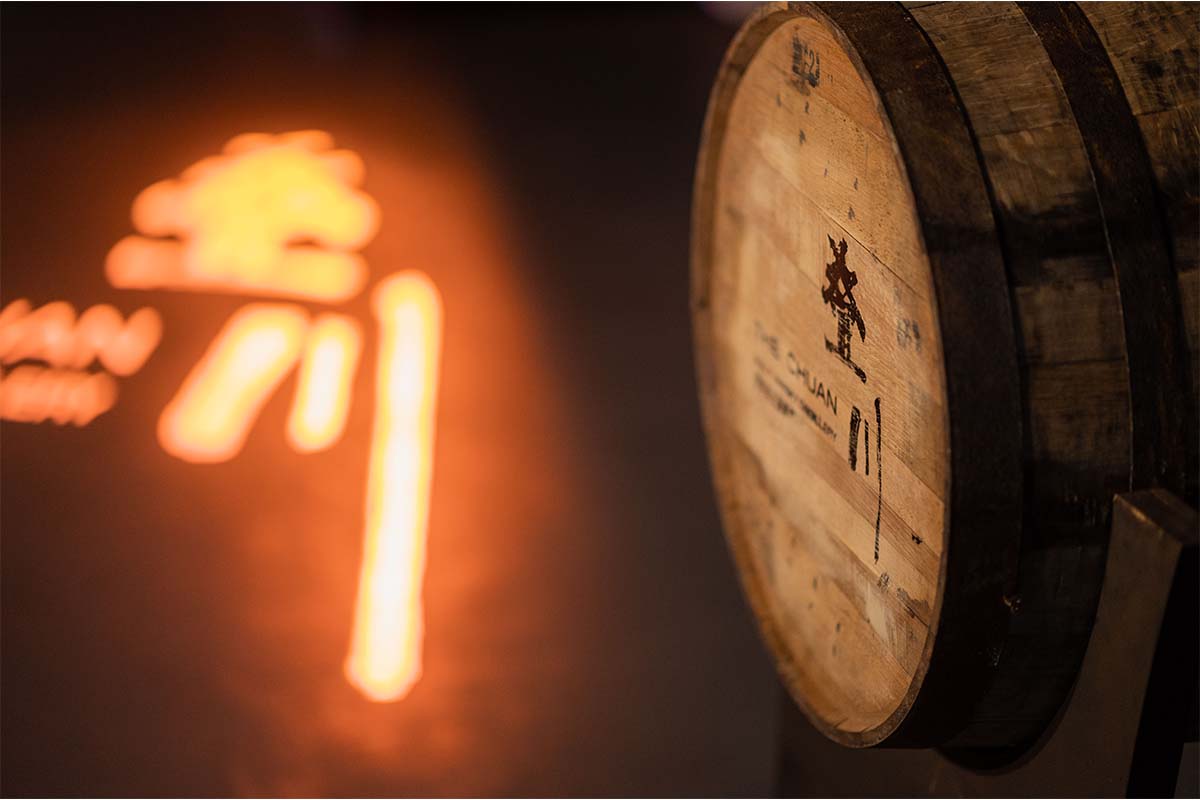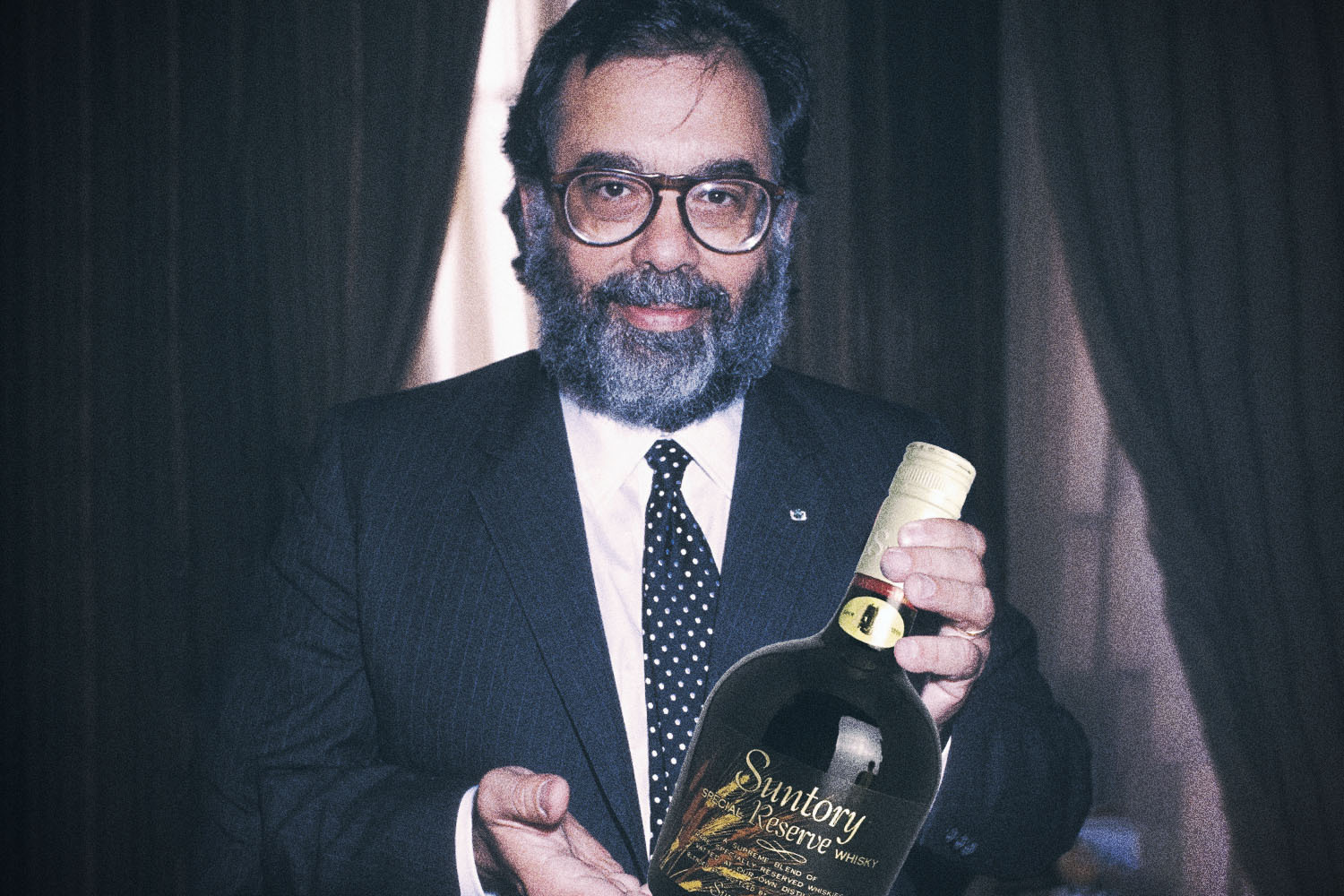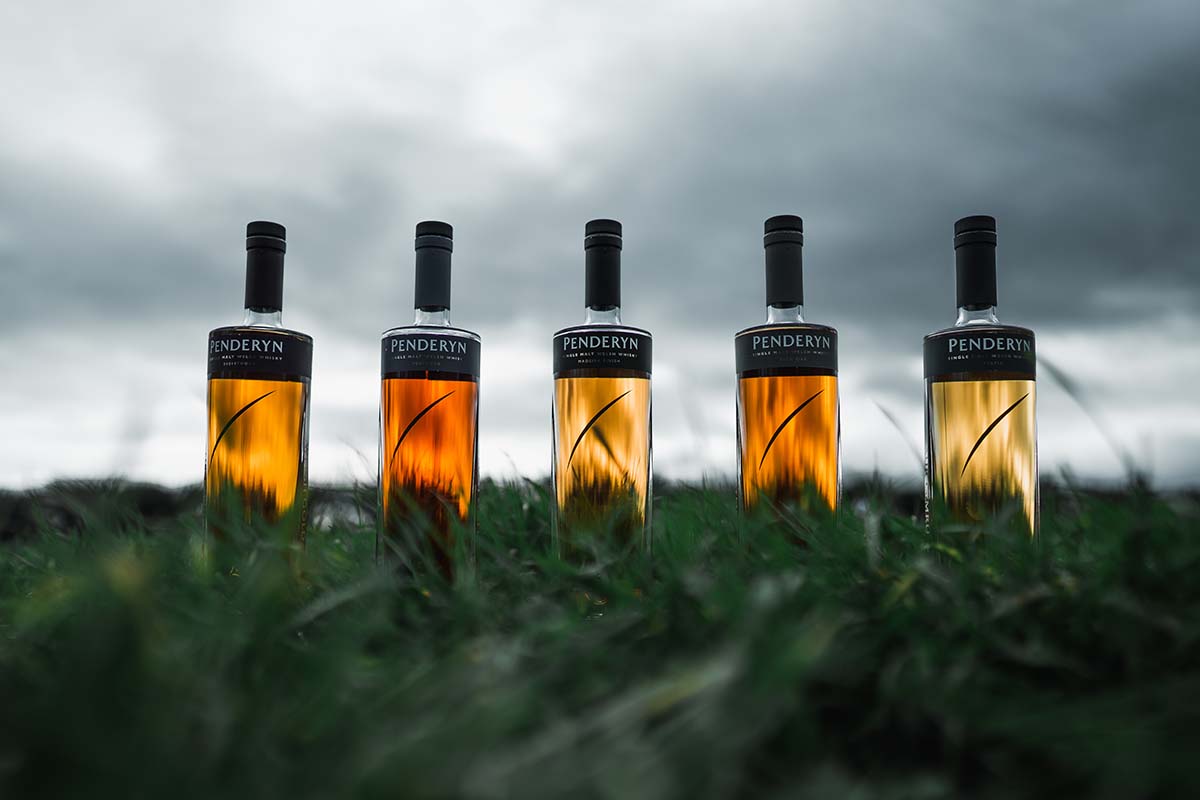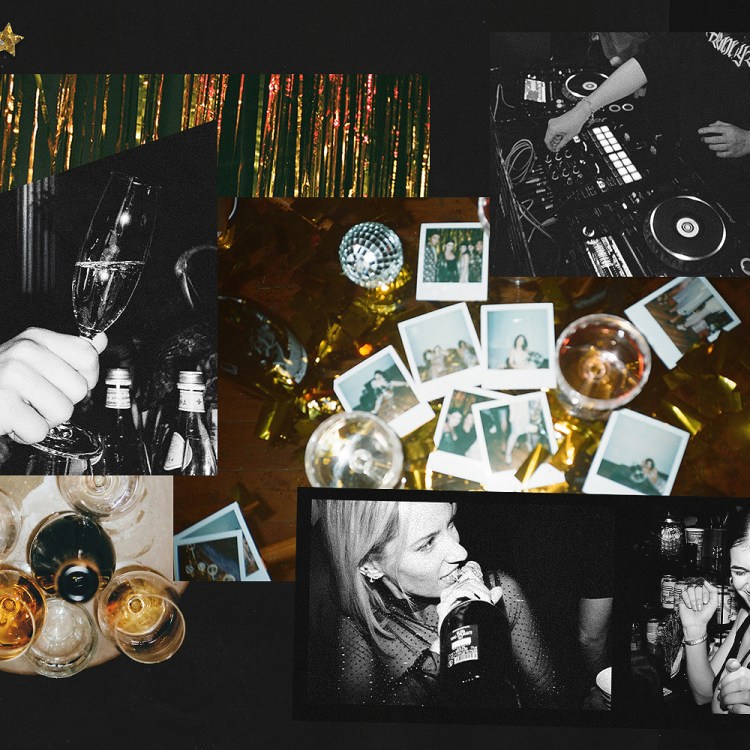As a drinks market, China seems to have untapped potential — five of the 10 most valuable spirits brands hail from the country of 1.4 billion people.
But those brands are primarily producing baijiu, a rather broad spirits category with four recognized and very distinct styles. “China is home to the largest spirits market in the world and it has been flourishing in recent years as alcohol consumption increases and purchasing power is on the up,” as Richard Haigh, the managing director of Brand Finance, said in 2021. “Although we are beginning to witness a rise in popularity of international spirits across the country, the nation’s traditional baijiu spirit still dominates on home soil.” Baijiu accounts for about 98% of domestic sales.
Whisk(e)y is making in-roads, however: after a few years of decline, sales growth of brown spirits hit double digits as late as 2019, with Chivas Regal taking the most market share in the time just before COVID. And that growth can be attributed to both outsized efforts to break into the country by large drinks producers as well as a demographic change.
“There’s a generational shift [in China]. The younger generation are starting to learn about whiskey,” as Thorsten Hartmann, director of drinks market analysts IWSR, told Forbes recently. “These are emerging consumers who are starting to fall in love with whiskey. They might not have been exposed in the past but they’re definitely exposed now.”
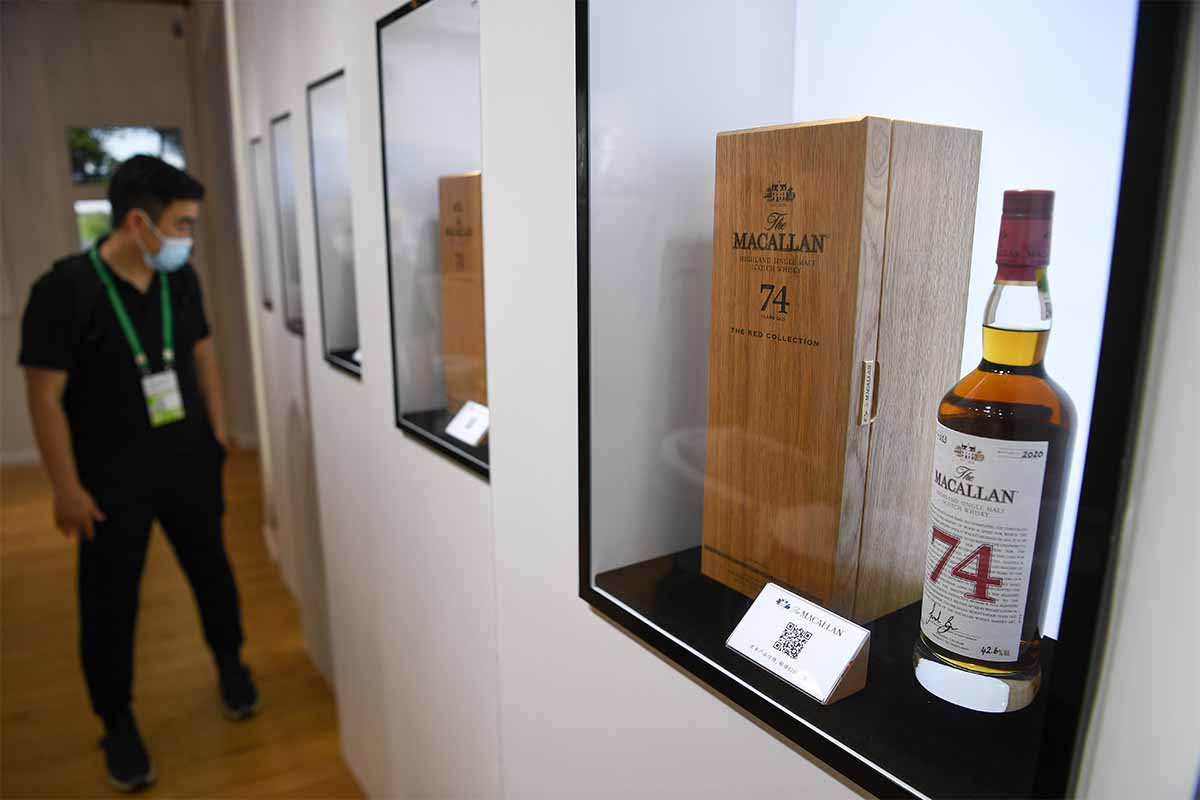
The current whisky market in China is probably summed up best by Stilnovisti, an “alternative investment company” in the U.K. that specializes in investments in wine, art and whisky. On their site, the company dryly notes, “Whisky is a rapidly growing segment of the spirits market in China. It is a huge market with high potential, and at the same time very specific economic and cultural conditions.”
Last November, drinks giant Diageo announced an investment of $75 million to build their first malt whisky distillery in China, located in Eryuan County in Yunnan Province (and high up at 2,100 meters). They’ll be producing, to start, a China-origin, single-malt whisky crafted in a carbon neutral, zero-waste facility.
Construction of that facility will begin this year, and Diageo has also debuted initiatives like the Diageo Whisky Academy and multiple whiskey summits across China, hoping to increase the interest and knowledge base of spirits fans.
“[Whisky in China] is a key area of focus for us,” as Sam Fischer, President, Diageo Asia Pacific and Global Travel, tells InsideHook. “China will continue to be the fastest moving consumer market in the world. There’s a massive socially connected emerging middle-class population with growing preferences for premium baijiu, international spirits and premium beer.” Fischer also notes that that distillery is just one of several efforts by Diageo to develop a larger whisky footprint in China, including the development of a logistics hub in Shenzhen, a China-based R&D center and strategic partnerships with local e-commerce platforms.
But Pernod Ricard — which counts Chivas Regal in its vast portfolio — had already broken ground on a $150 million whisky distillery in China back in 2019, and just this year began to deliver some of its earliest bottles of The Chuan single malt to private clients. “The first bottles will come to the market in the near future, depending on the master distiller’s decisions about aging, and the outcome of the Whisky Standard of China,” as company’s Asia chairman Philippe Guettat recently told the South China Morning Post. “When things go well, we will start to sell to other Asian and international markets.” (That standard he mentions is two years in an oak barrel, although Pernod Ricard is apparently supporting a standard of three years; according to the article, the company is part of a larger conversation to shape the legal standards of China-distilled whisky).
“We believe our made-in-China whisky will be able to rival its Asian peers and even international whiskies,” Guettat added, a nod to popular single malts from Japan and Taiwan. For their inaugural release, the company claims their master distiller, Yang Tao, has been working with “heritage master distillers in Scotland to bring the most authentic whiskymaking know-how into China.” As described by Pernod Ricard China corporate site, The Chuan is being made with Chinese and European barley; it’s fermented over 78 hours to enhance the floral and fruity notes, followed by a slow distillation method finally aged in the “unique microclimate of Emeishan.”
Diageo and Pernod Ricard are not the only distilleries at play here, either. According to Sixth Tone, at least a dozen distilleries have been established in the Chinese mainland in recent years, all “experimenting with local climates and ingredients, especially in the southwest.”
But the big drinks brands have already put in years of work selling Scotch and other spirits to the Chinese population. “Both Pernod and Diageo already have more of a foothold there with their premium blends and single malts. It’s a large and potentially huge market,” as Ian Buxton, author of 101 Craft and World Whiskies to Try Before You Die, tells InsideHook. “But I’m sure there will be a local market for a domestically produced whisky, both because it will enjoy a cost advantage and for reasons of national pride and prestige.”
That said, China’s homegrown whisky may not make much of a mark outside of the country — and may not need to. “Such is the potential size of the market that I wouldn’t expect Chinese whisky to need to sell much outside China, other than as a curiosity for enthusiasts,” says Buxton, adding, “I do personally have concerns about the new distillery projects: investment in China comes with moral and political challenges and their record on protecting IP is poor. In a book I co-authored (2014’s The Science & Commerce of Whisky) I anticipated this trend and suggested that it does contain a long-term threat to the whisky industry outside China — just look at Western manufacturing industry over the past 100 years to see what has happened to those industries and associated employment.”
Still, it’s going to take years before a China-based whisky takes hold anywhere, starting with the homeland. For one, those barrels need to age; as well, early reviews of the two Chinese whiskies available on Taobao, China’s largest e-commerce platform, have been decidedly mixed, according to research by Sixth Tone. This is one industry that you can’t rush.
Local innovation, thankfully, is already taking hold: just recently, Laizhou Distillery put their un-aged whiskey in ex-yellow rice wine casks. And China certainly has enough variety in climate, geography and agriculture that crafting a good whisky somewhere in the country seems inevitable. As Fischer tells us: “There are several similarities between the impressive natural geography in Eryuan country [where Diageo’s distillery is located] and some of the best whisky-making regions in Scotland.”
So maybe China will make a mark on the global whisky market — but most likely that won’t happen until at least the next Winter Olympics, in 2026.
Every Thursday, our resident experts see to it that you’re up to date on the latest from the world of drinks. Trend reports, bottle reviews, cocktail recipes and more. Sign up for THE SPILL now.
